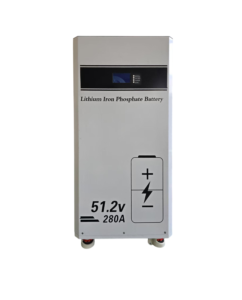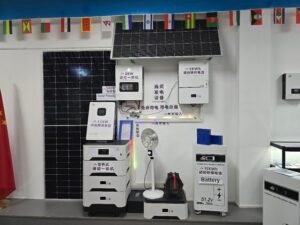Good light during the day but can’t use the electricity, and dark at night?
•
Solar panels harness daylight effectively, but night darkness poses a challenge for constant power supply.
Without energy storage solutions, solar power is often wasted during peak sunlight because it can't be stored for night-time use or cloudy days.
Despite solar energy innovation, capturing and storing excess power for night-time use remains challenging. Storage technology and efficient utilization can bridge the gap between daylight generation and nocturnal energy needs.
Without energy storage battery, is solar energy installed in vain?
| Solar installations promise clean energy, yet without storage, reliance on panels seems frail. Solar systems require batteries to store energy generated during sunny periods, ensuring availability during nighttime or cloudy weather. Otherwise, this installation becomes merely decorative. ! To fully optimize solar installations, batteries become pivotal. Despite their initial costs, batteries extend the functionality of solar systems, store surplus energy, and provide power when direct sunlight is absent. Systems without batteries incur losses during peak sunlight. By preserving energy, consumers maintain independence, reducing reliance on inconsistent power grids. Exploring battery technologies yields options such as lithium-ion, lead-acid, and advanced flow batteries. Here’s a comparison table of storage options: | Battery Type | Pros | Cons |
|---|---|---|---|
| Lithium-ion | High efficiency, long life | Initial cost, requires maintenance | |
| Lead-acid | Low cost, mature technology | Short lifespan, large space | |
| Advanced flow | Long life, scalable solutions | Complex, high upfront cost |
Energy storage equipment is too expensive? Too complicated? Can there be a simple and money-saving way?
Concerns about cost and complexity in storage equipment often deter potential users.
While initial costs of energy storage systems may seem high, advances in technology are making these systems more affordable and user-friendly.
For those apprehensive about budgets, flexible financing options and simplified installation methods pave the way for accessible solar energy storage. Consider decentralized storage solutions that eliminate extensive wiring and configuration. Building smaller, networked systems can lower investment risks and maintenance demands. Additionally, exploring subsidies and rebates facilitates affordability. For simplicity, kits offering plug-and-play installations allow users to integrate systems without requiring technical expertise. Solutions focusing on efficiency and user-friendly designs pave the path for broader implementation.
Is your life still convenient when there is no electricity during peak hours?
Reliance on regular power lines is precarious; sudden outages disrupt daily life.
Energy storage systems ensure convenience by providing homes with electricity even during peak or outage periods, minimizing daily disruptions.
Backup power solutions guarantee users uninterrupted energy supply, regardless of grid variability. With the ability to store excess solar energy, homeowners cushion themselves against power shortages, preserving daily routines, security systems, and more. Embracing technology, such as smart energy systems and IoT integration, add dimensions to energy management, alerting users of peak hour consumption and storing potential. Practical energy management solutions aspire for homes to achieve energy independence seamlessly—by recognizing peak consumption times and integrating automation. Here’s a quick guide on how to detect peak hours and optimize consumption:
- Use Smart Meters: Analyze consumption patterns, automatically detect peak usage.
- Plan Energy Use: Schedule high-energy devices during off-peak hours to save costs.
- Utilize Automation Systems: Configure devices to operate at strategic times, based on real-time demand.
Conclusion
Solar energy installation thrives with energy storage solutions that cut cost and complexity limitations, ensuring continuous power availability despite sunlight variability.






